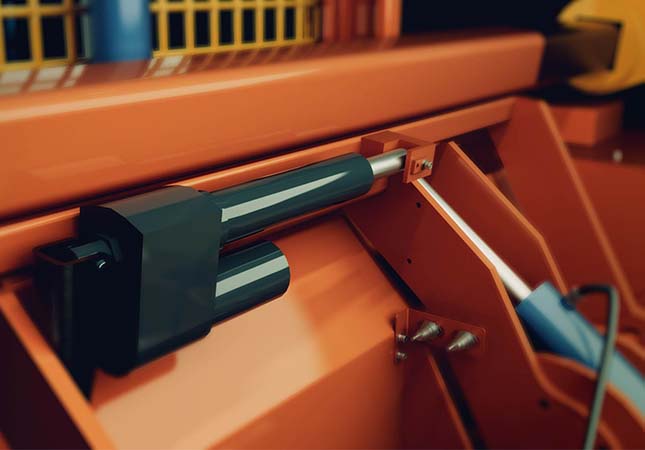In the textile industry, a beam truck is used to lift and transport various types of textile materials, particularly in the limited floor space, allowing easily change the direction and load and unload the textile materials, which freed the workers and replaced the traditional transporting methods.

Steps for Using the Beam Truck in the Textile Industry
A beam truck is an important tool used in the textile industry for handling heavy fabrics and materials. It is a type of manual lifting device that is mounted on an overhead beam, allowing it to move along the length of the beam. A beam truck is used to transport materials from one location to another within a factory or warehouse, making it an essential tool in the textile industry. Here are the steps for using a beam truck in the textile industry.
l Step 1: Choose the Correct Beam Truck
The first step in using a beam truck is to select the correct type and size of trolley for the job at hand. beam trucks come in different sizes and weight capacities, so it is important to choose the right one to ensure that it can safely and efficiently move the materials.
l Step 2: Inspect the Beam
Before attaching the beam truck to the overhead beam, it is important to inspect the beam to ensure that it is structurally sound and able to support the weight of the trolley and the load it will be carrying. Any defects or damage to the beam should be repaired before proceeding.
l Step 3: Install the Beam Truck
The beam truck is installed by attaching it to the overhead beam using bolts or clamps. It is important to ensure that the trolley is securely attached to the beam and that it can move freely along the length of the beam.
l Step 4: Attach the Load
Once the beam truck is securely installed, the load to be transported can be attached. It is important to ensure that the load is properly secured and balanced before moving it. This will help prevent the load from shifting or falling during transport.
l Step 5: Move the Load
To move the load, the operator should first ensure that the path is clear and that there are no obstacles in the way. The operator should then use the trolley’s control handle to move the load along the length of the beam. The operator should move the load at a slow and steady pace, taking care to avoid sudden movements or jerks.
l Step 6: Unload the Load
Once the load has been transported to its destination, it can be safely unloaded. The operator should carefully lower the load to the ground or onto a work surface, taking care to avoid any sudden movements that could cause the load to shift or fall.
l Step 7: Inspect the Beam Truck
After use, the beam truck should be inspected to ensure that it is in good working condition. Any defects or damage should be repaired before the trolley is used again.
Conclusion
In conclusion, using a beam truck in the textile industry requires careful planning, proper selection, and proper usage. Following these steps will ensure that the beam truck is used safely and efficiently and that the load is transported without incident. It is important to follow all safety guidelines and procedures when using a beam truck to prevent injury and damage to equipment and materials.
SUNTECH ST-MBT-02I warp beam truck is one of the best-selling products of SUNTECH, because of its outstanding performance. Moreover, SUNTECH offers numerous types of textile machinery: visual inspection defects, fabric measure and cutting machine, fabric swatch cutter, beam truck, trolley lift system, fabric roll cutting machine etc. If you are interested in us, please contact us now!




